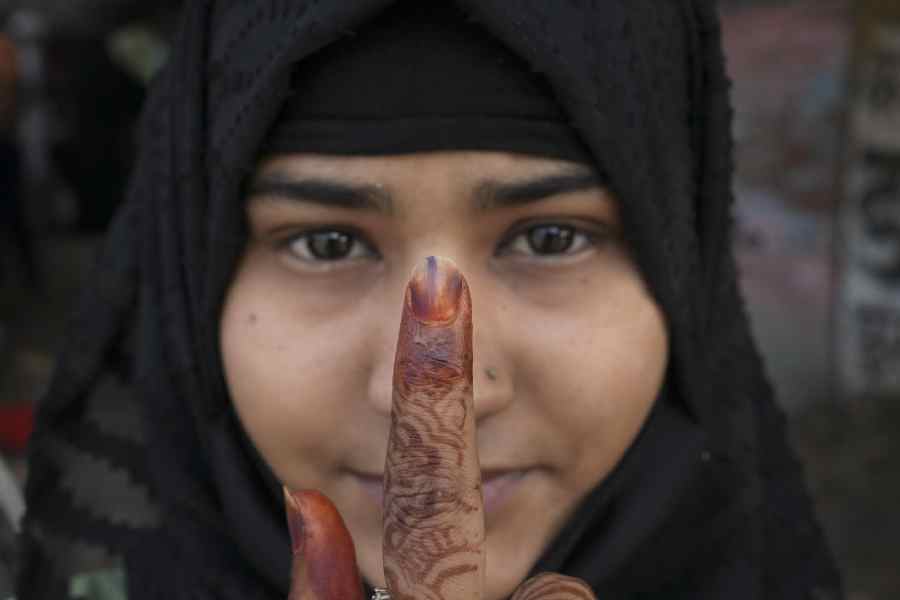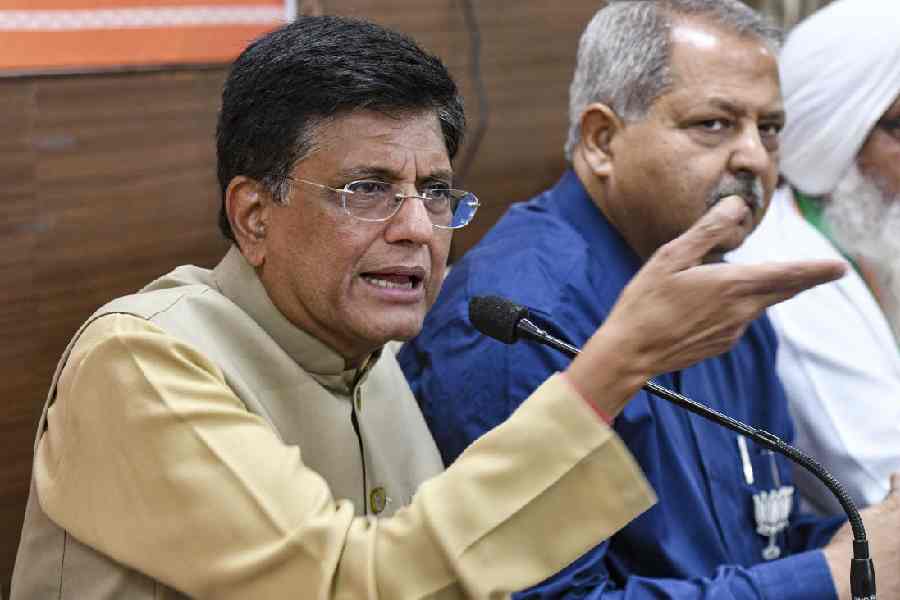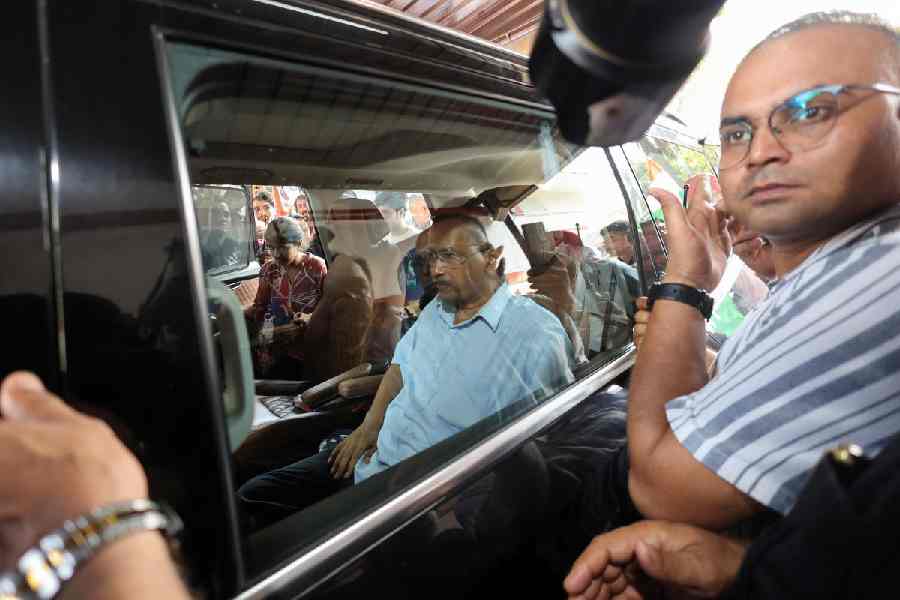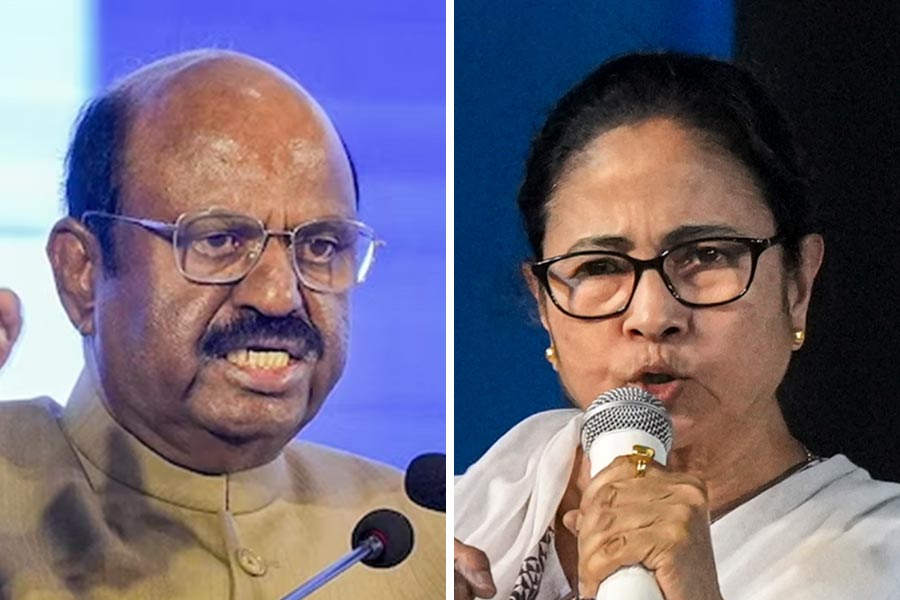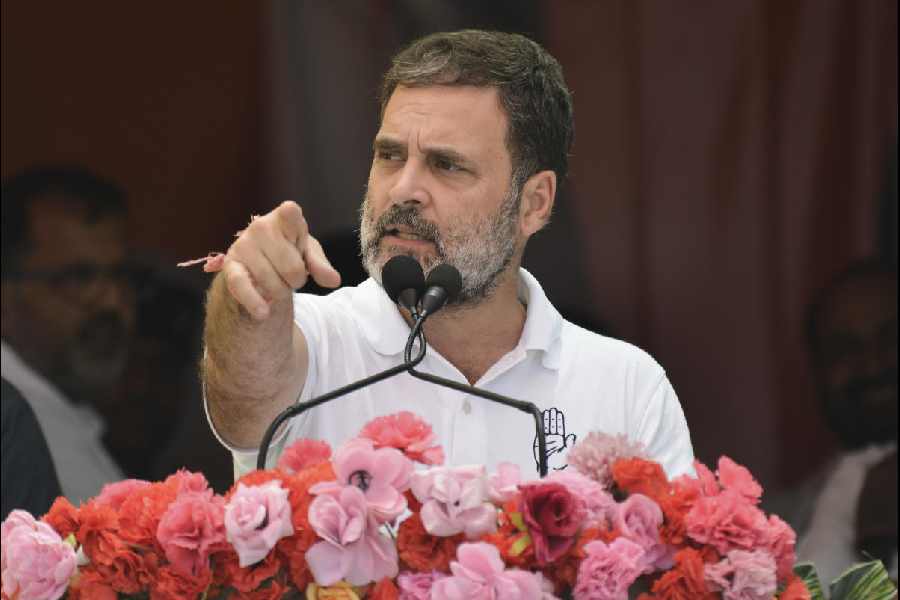Credible questions have been raised on conclusions reached by the Prime Minister’s economic advisory panel on the changing degree of India’s minority population over decades.
A non-government organisation that advocates population health and development strategies has called the panel’s interpretation “misleading and baseless” and has advised people not to engage with them.
The Population Foundation of India said on Thursday that it was “deeply concerned” about how the media had misrepresented the study’s observations on the changes in the shares of India’s majority and minority religious groups over 65 years.
A PTI report on Thursday said a May 2024 paper by the Economic Advisory Council to the Prime Minister (EAC-PM) had noted that the share of the Hindu population had decreased by 7.8 per cent while that of the Muslim population had increased by 43.1 per cent between 1950 and 2015.
The paper, titled “Share of Religious Minorities: A cross-country analysis (1950-2015)”, also said the share of Jains in India’s population had decreased from 0.45 per cent in 1950 to 0.36 per cent in 2015.
“The share of the majority Hindu population decreased by 7.82 per cent between 1950 and 2015 (from 84.68 per cent to 78.06 per cent). The share of the Muslim population in 1950 was 9.84 per cent and increased to 14.09 per cent in 2015 — a 43.15 per cent increase,” the PTI report said, citing the paper prepared by a team led by Shamika Ravi, a member of the EAC-PM.
The paper EAC/PM/WP/29/2024 was not accessible through the EAC PM website on Thursday evening.
The paper has emerged in the middle of the 2024 general election, during which Prime Minister Narendra Modi and other BJP leaders have tried to stoke insecurity among Hindus by portraying the Congress as a party that leans towards Muslims.
The EAC-PM study’s observations “should not be used to incite fear or discrimination against any community”, said the Population Foundation, a 54-year-old non-profit organisation engaged in gender-sensitive population and development activities, including adolescents’ health and women’s empowerment.
The foundation has asserted that fertility rates are closely linked to education and income levels, and not religion. “States with better access to education, healthcare and socioeconomic development such as Kerala and Tamil Nadu exhibit lower total fertility rates across all religious groups,” it said.
“The media’s selective portrayal of data to highlight the increase in the Muslim population is an example of misrepresentation that has ignored broader demographic trends,” the foundation’s executive director, Poonam Muttreja, said.
Citing census data, the foundation said the decadal growth rate for Muslims had decreased from 32.9 per cent between 1981 and 1991 to 24.6 per cent between 2001 and 2011.
“This decline is more pronounced than that of Hindus, whose growth rate fell from 22.7 per cent to 16.8 per cent over the same period,” it said.
The foundation also said the population censuses from 1951 through 2011 had produced data “similar” to that in the EAC-PM paper, implying that the paper had not revealed new data or trends.
The EAC-PM paper focused on the changes in the religious compositions of populations in countries around the world, saying this aspect was “an axis of demographic change that has been under-studied”.
The paper hypothesises that the changes in the proportions of minority populations relative to a country’s total population are a “good proxy” for understanding the status of minorities in that country over time.
“A society which provides a congenial environment for the flourishing of minorities is more likely to witness an increase or stabilisation in their numbers over a period of three generations,” it said.
The Population Foundation has, however, underscored the association between fertility rates and education and income.
For instance, the total fertility rate (TFR) — the average number of children born to a woman over her lifetime — among Muslim women in Kerala (2.25) is lower than the TFR among Hindu women in Bihar (2.88), it said.
The TFR is declining among all religious groups and the steepest decrease in the TFR from 2005-06 to 2019-21 was among Muslims — by 1 percentage point — while it was 0.7 percentage points among Hindus.
Countries such as Bangladesh and Indonesia have achieved lower birth rates compared to India through higher levels of female education, greater employment opportunities, and better access to contraceptive choices, the foundation said.
“The most effective way to manage population growth is through investment in education, economic development, and gender equity,” Muttreja said.
“And women’s education is a critical factor in reducing fertility rates. Interventions should focus on providing education and family planning services, irrespective of religion.”

